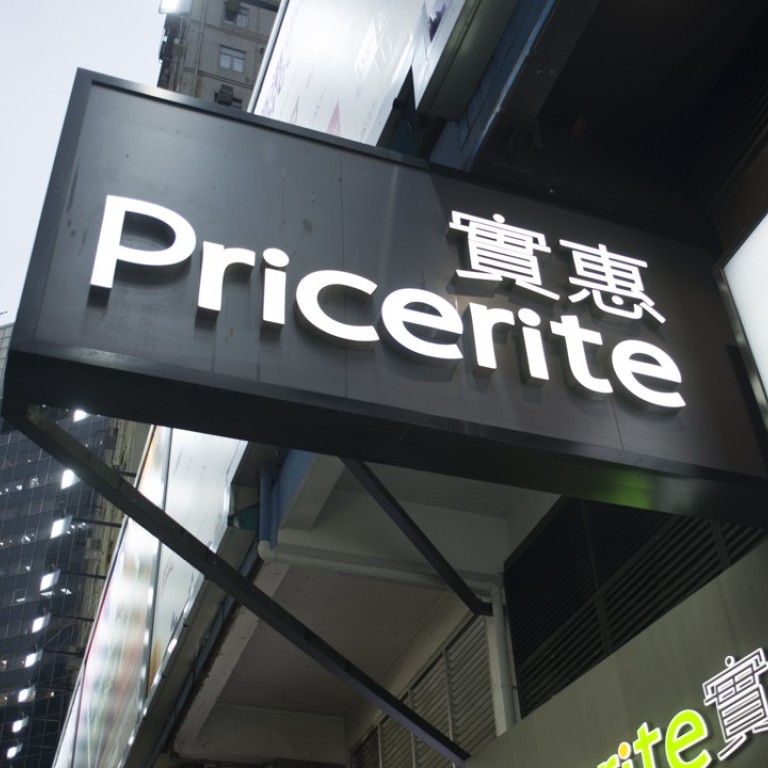
Toe-to-toe with Ikea for 32 years in Hong Kong and thriving: Pricerite’s made-for-microflats furniture a local hit
You wouldn’t know from looking at its newest state-of-the-art store, but Pricerite began as a discount chain. It has steadily won fans through a focus on local needs, from multifunctional, space-efficient furniture to hi-tech air purifiers
It’s a weekday afternoon and the CEO of Pricerite is posing for photos with Pepper, a customer service robot who occasionally breaks out in song and dance. “This is the first Cantonese-speaking robot in Hong Kong,” says James Leung Siu-pong. “Normally they can only speak Japanese, English or Mandarin, but we wanted something to match our customers.”
The perky robot isn’t the only new feature introduced in recent years by Pricerite, which operates more than 30 furniture and homewares shops around Hong Kong. Over the years, it has evolved into a defiantly local alternative to Ikea, giving the Swedish multinational giant a run for its money when it comes to making Hong Kong’s tiny flats liveable.
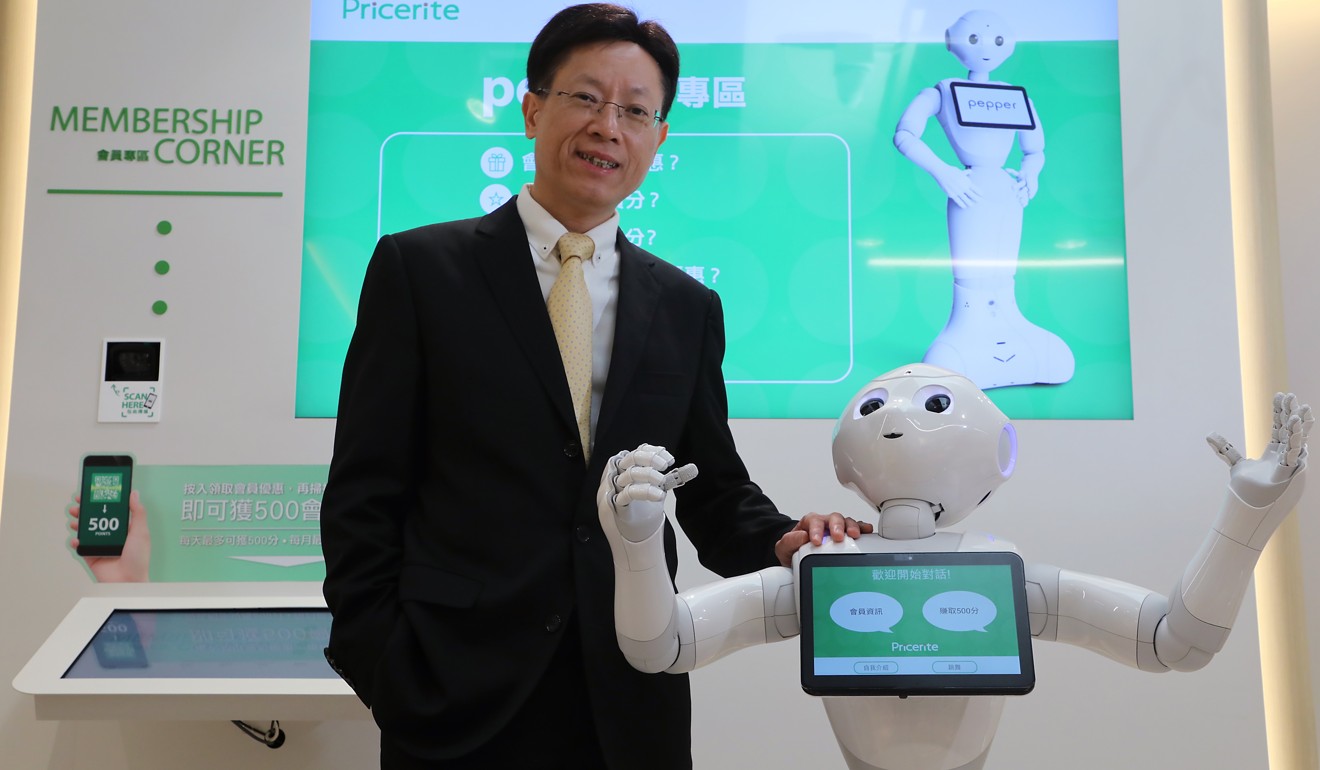
Pepper can be found inside Pricerite’s new flagship store on Nathan Road in Mong Kok, the city’s most densely populated district, where customers can preview furnishings with augmented reality and virtual reality apps, and buy products instantly through their phone without having to line up at the cash register.
“We call it a new retail model,” says Leung – or, more specifically, an “omnichannel retail network” that blends e-commerce with physical stores.
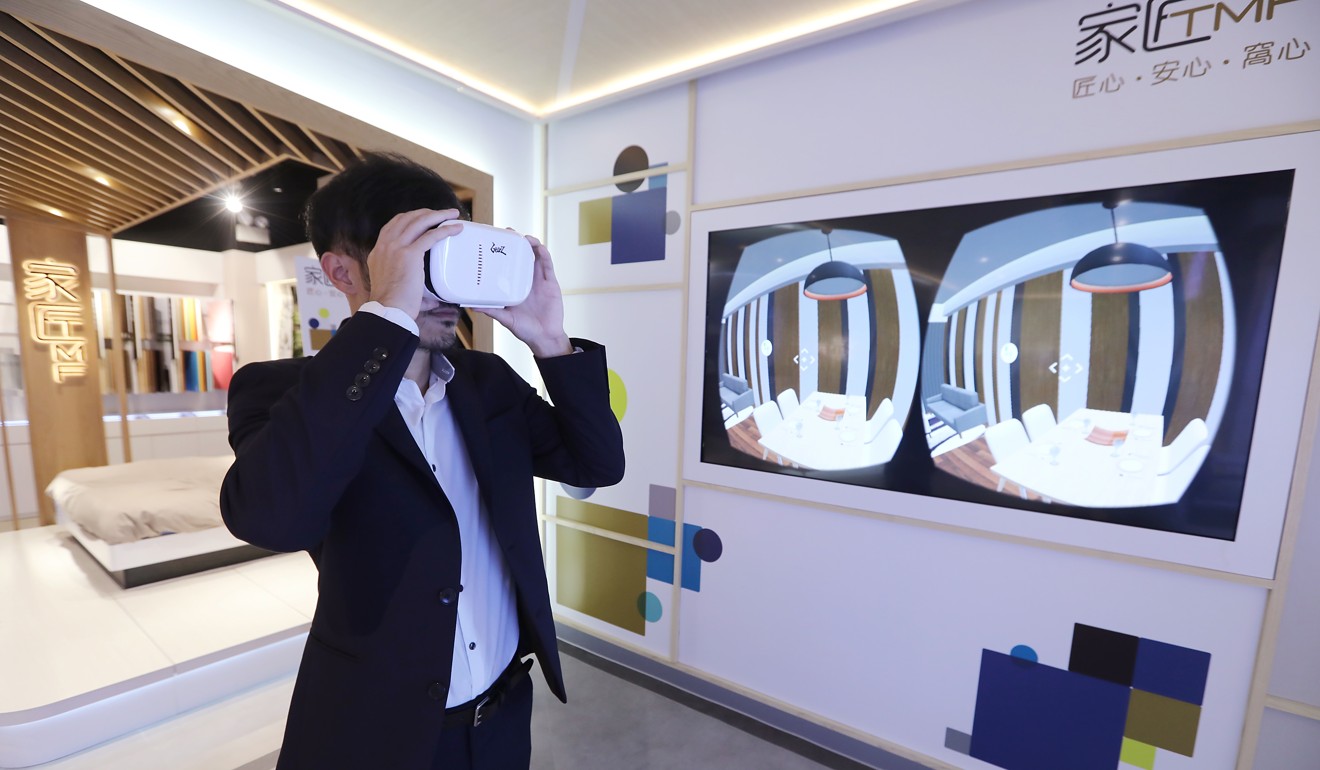
“In the past it was all about bricks-and-mortar stores, but now there are new channels – web, mobile – and we want to link up all of them,” he says. “We want absolute convenience for our customers.”
We have local wisdom. We understand the needs of Hong Kong customers very well because we are the same as them.
It’s a long way from the retail chain that was once described by the late British architect Rodney Fitch as “just a place full of stuff”. And that’s exactly the perception many people in Hong Kong have long had of Pricerite.
Anyone who has ever needed to buy a mop or a rubbish bin in Hong Kong is likely to be familiar with the chain, which was founded by entrepreneur Sidney Lin in 1986. The business began with a single shop in Hung Hom, a residential neighbourhood in Kowloon, but within a few years it had quickly expanded to more than two dozen locations around the city. Its shops were convenient places to buy cheap things for the home, but not exactly a place you’d go out of your way to visit.

“I was a customer before I joined the company,” says Leung, “and back then, it was just a discount [store] without any customer service.”
The shops were packed with hundreds of products, from toasters to mops, with affordable – some might say ugly – furniture that was targeted at working- and lower-middle-class consumers living in mass market flats of 300 to 800 sq ft (28 to 75 square metres). “We see our strength as being able to provide in one store everything a family would need to set up a house,” founder Lin told the South China Morning Post in 1994.

By then, Pricerite was doing well enough that it was seeking to expand into the booming China market. But its plan was dashed by a lukewarm response to the shares it floated to fund the expansion. Soon afterwards the company decided to focus exclusively on Hong Kong.
An attempt to branch out into the property market by opening real estate agencies in Pricerite stores was foiled by the Asian financial crisis in the late 1990s, leaving the company in trouble. It was bought by investment holding firm Celestial Asia in 2001.
Made in Hong Kong: the Camel vacuum flask, once an essential for school packed lunches, and the story behind it
A lot has changed since then. When Fitch visited Hong Kong in 1998, he said he wasn’t impressed by what the Post described as “dirty tiled floors, glaring fluorescent lights and cheap plastic ware”. He noted that the shops lacked customer service and a brand identity, and he speculated that Hong Kong consumers would soon hold retail stores to the same standard as people in Europe and North America.
He was right – at least, eventually. In the past, Pricerite’s advertising focused on slashing prices, even going so far as to feature a black-clad character named the “Female Killer” who literally slashed prices. Fitch designed a logo for Pricerite in the late ’90s that emphasised its connection to the home, featuring the brand’s English and Chinese names (the latter meaning “affordable”) inside the outline of a house.
Made in Hong Kong: the story of Po Chai Pills, ‘cure all’ medicine Chinese families have relied on for over 60 years
Today, Pricerite has shifted its marketing focus again.A recent iteration of its logo added a heart, and the current version has dropped the Chinese name altogether, opting for a playful logo based on green and orange lettering.
Advertising campaigns have featured Hong Kong singer Ivana Wong and local comic actor Lam Suet touting the company’s slogan of “Small space, big universe” – a suggestion that it’s possible to build a home in even the most constrained of Hong Kong’s small flats.
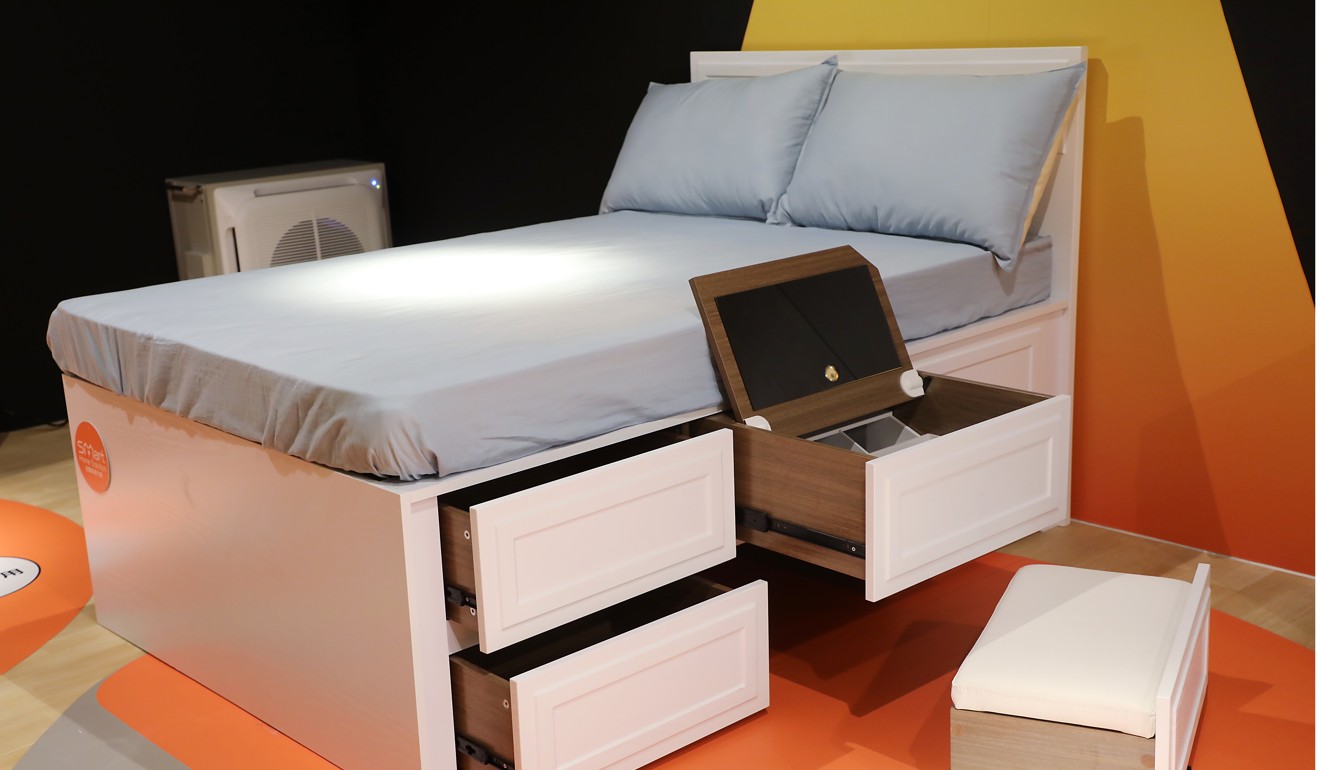
It’s a new strategy that seeks to do two things. It distinguishes Pricerite from its main homewares competitor, Japan Home Centre, which has a market share of nearly 50 per cent, according to a 2012 report by market research company Frost & Sullivan. And in the furniture market, it positions Pricerite as the locally savvy version of Ikea.
Construction of Hong Kong’s ‘shoebox’ flats soars along with prices
Leung says nearly all of the company’s furniture is designed in-house with the specification that it must be multifunctional: a sofa that is also a storage unit and a table, for instance.
“The size of homes in the past was much larger than it is nowadays,” he says. “Now, a dining table that works well in Germany doesn’t necessarily fit inside a pint-sized Hong Kong flat,” Leung says.
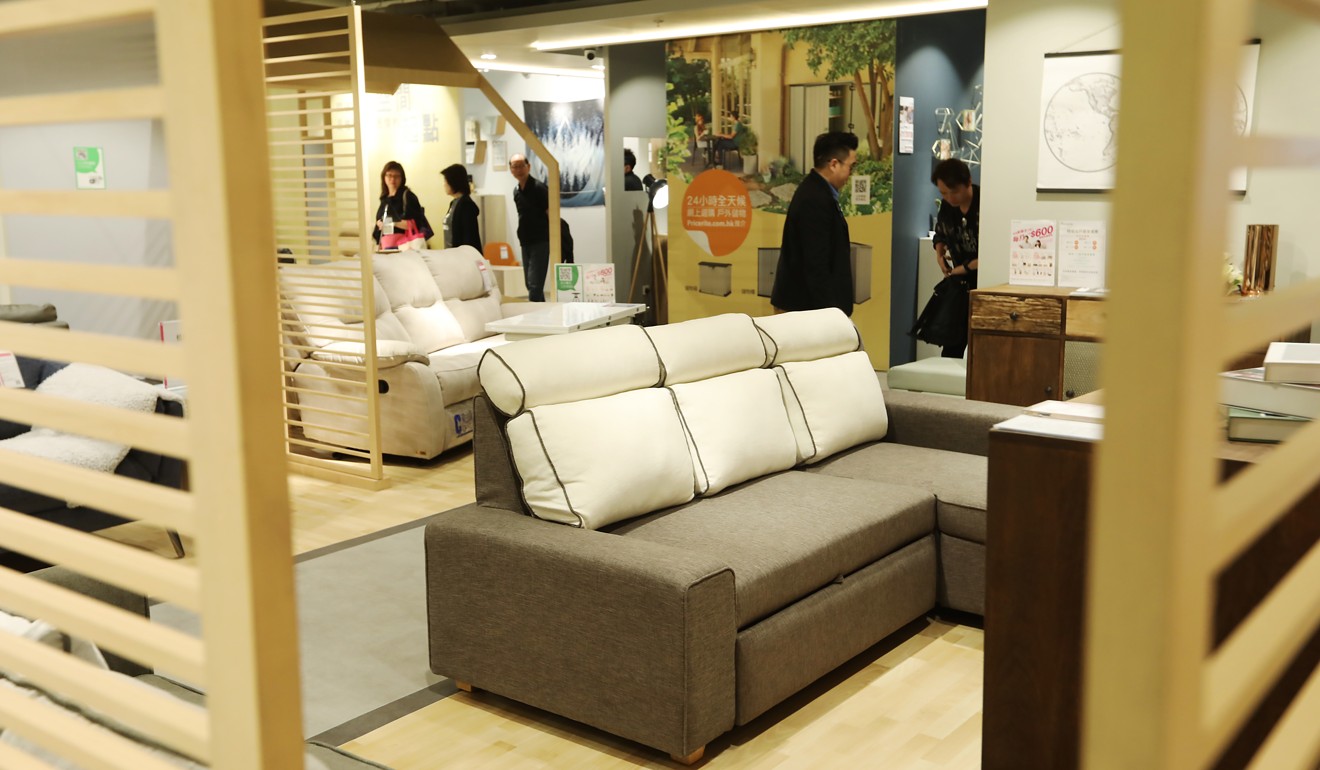
At the same time, people have been exposed to overseas retail experiences that leave them unsatisfied with jam-packed Hong Kong shops.
“They have higher expectations,” says Leung. Hence the new store on Nathan Road, which takes more than a few cues from its Swedish competitor, with furniture displayed in model flats to show customers how they can create a home in small spaces. As with Ikea, shopping here is meant to be an experience, not a chore.
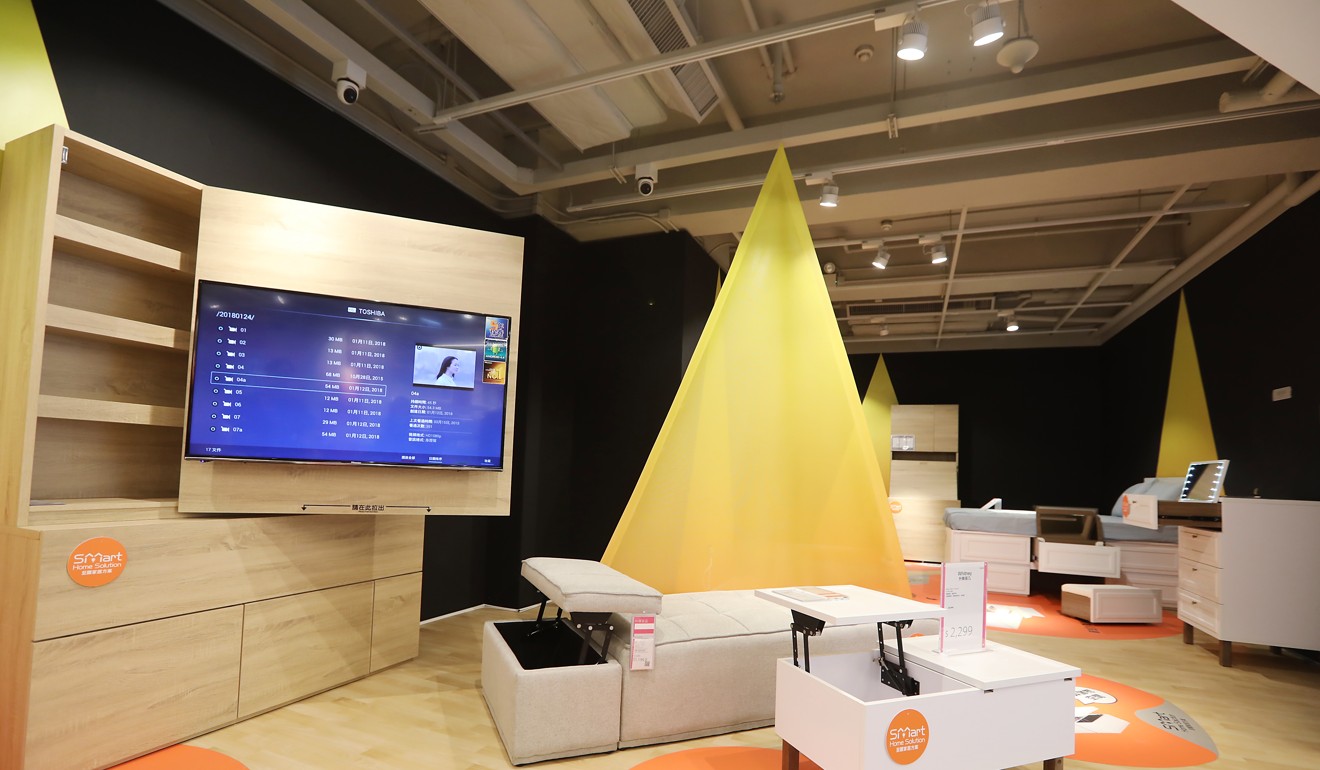
Leung insists, though, that there are major differences between the two brands. “We have local wisdom,” he says. “We understand the needs of Hong Kong customers very well because we are the same as them.”
Beyond the need for multifunctional, space-efficient furniture, Leung says there are a few other things that distinguish Hong Kong consumers from their overseas cousins, such as the electrical goods on offer.
Homegrown Hong Kong: the wholesome story of Vitasoy
“[Hong Kong has] lead in housing estate drinking water, polluted air, many kinds of diseases – people here are concerned about health and pollution,” he says.

To that end, Pricerite’s range of air purifiers includes a new system developed by researchers at the Hong Kong University of Science and Technology, which eliminates airborne bacteria and viruses such as influenza. “It’s designed in Hong Kong for people and companies in Hong Kong,” says Leung.
It’s all part of the effort to convince consumers that Pricerite isn’t just a place to buy cheap stuff – it’s a brand uniquely suited to the Hong Kong home.

